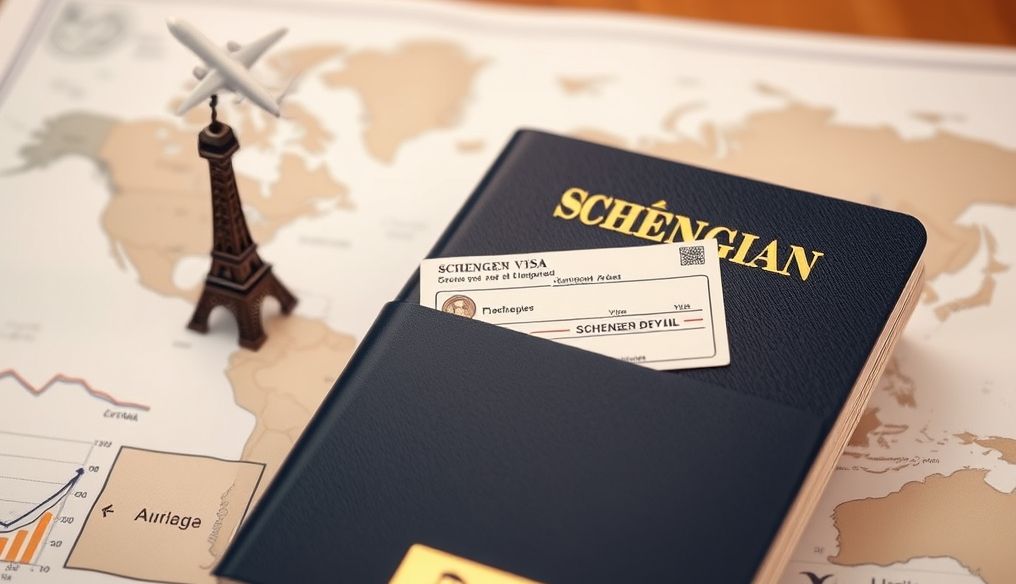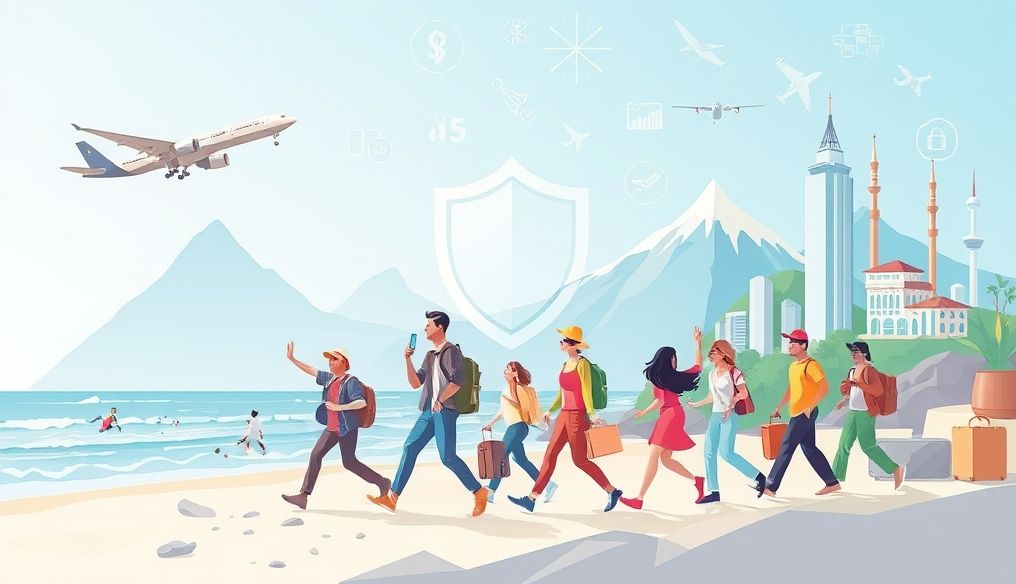What is a Schengen Visa and which countries does it include?
A Schengen Visa is a visa that allows its holder to travel freely within the Schengen Area, which is an area comprising 27 European countries that have abolished internal border controls. This means that once you obtain a Schengen Visa from one of these countries, you can travel to any other country in the area without needing an additional visa.
Member States of the Schengen Area:
- Austria
- Belgium
- Czech Republic
- Denmark
- Estonia
- Finland
- France
- Germany
- Greece
- Hungary
- Iceland
- Italy
- Latvia
- Liechtenstein
- Lithuania
- Luxembourg
- Malta
- Netherlands
- Norway
- Poland
- Portugal
- Slovakia
- Slovenia
- Spain
- Sweden
- Switzerland
- Croatia
Step 1: Determine the Purpose of Your Visit and the Appropriate Visa Type
Before starting the application process, it is essential to determine the main purpose of your visit to the Schengen Area. This will help you identify the appropriate visa type for you. There are several types of Schengen visas, including:
- Tourist Visa: For tourism and recreational visits.
- Family Visit Visa: To visit relatives and friends residing in the Schengen Area.
- Business Visa: To attend conferences and business meetings.
- Study Visa: To study at an educational institution in the Schengen Area.
- Transit Visa: To pass through the Schengen Area to reach another destination outside the area.
Tip: Choose the visa type that corresponds to the actual purpose of your visit. Applying for an inappropriate visa type may result in your application being rejected.
Step 2: Gather the Required Documents
The required documents are a vital part of the application process. The documents required vary slightly depending on the visa type and nationality, but in general, you will need to submit the following:
- Visa Application Form: Must be filled out accurately and signed.
- Valid Passport: Must be valid for at least three months after the intended date of expiry of the visa requested, and must contain at least two blank pages.
- Passport Photos: Must be recent (taken within the last six months) and comply with passport photo standards.
- Proof of Accommodation: Such as a confirmed hotel reservation or a letter of invitation from a person residing in the Schengen Area.
- Proof of Travel Plan: Such as round-trip flight tickets.
- Proof of Travel Health Insurance: The insurance must cover all potential medical expenses during your stay in the Schengen Area, with a minimum coverage of €30,000.
- Proof of Financial Resources: Such as a recent bank statement or an employment letter stating your salary.
- Additional Documents: Some visa types may require additional documents, such as a letter of invitation to a conference or acceptance into an educational institution.
Important: Ensure that all required documents are complete and translated into English or the language of the country where you are applying for the visa, if necessary.
Step 3: Determine the Country Where You Should Apply
If you plan to visit several countries in the Schengen Area, you must apply at the embassy or consulate of the country where you will be spending the longest period. If you will be spending the same amount of time in several countries, you must apply at the embassy or consulate of the country you will enter first.
Example: If you plan to spend 5 days in France and 3 days in Italy, you should apply at the French embassy or consulate.
Step 4: Book an Appointment at the Embassy or Consulate
In most cases, you will need to book an appointment in advance to submit your visa application. You can book an appointment online through the website of the embassy or consulate of the country where you are applying for the visa. Make sure to book an appointment early, especially during peak seasons.
Step 5: Attend the Interview and Submit the Application
On the day of the appointment, go to the embassy or consulate at the scheduled time. Be prepared to answer questions about your travel plans and the purpose of your visit. Submit all the required documents and pay the visa fee.
Tip: Be confident and polite during the interview. Answer questions honestly and clearly.
Step 6: Wait for the Decision and Receive Your Passport
After submitting your application, you will need to wait for your application to be processed. This may take a few days or weeks, depending on the embassy or consulate. Once a decision has been made, you will be notified. If your application is approved, you will receive your passport with the Schengen Visa.
Important Note: Do not book non-refundable flight tickets or pay large amounts for accommodation until your visa application has been approved.
Reasons for Schengen Visa Refusal and How to Avoid Them
A Schengen Visa application may be refused for several reasons, including:
- Failure to submit all required documents.
- Providing incorrect or misleading information.
- Failure to prove the real purpose of the visit.
- Failure to prove sufficient financial resources to cover the costs of accommodation.
- Having a criminal record.
To avoid your application being rejected, make sure to:
- Submit all required documents complete and correct.
- Provide accurate and truthful information.
- Prove the real purpose of the visit.
- Prove sufficient financial resources.
- Provide an explanatory letter if you have any special circumstances that may affect your application.
Additional Tips to Increase Your Chances of Obtaining a Schengen Visa
- Apply well in advance of your planned travel date.
- If you have obtained a Schengen Visa in the past, mention it in your application.
- If you have any strong ties to your home country, such as a job or family, provide proof of this.
- Be prepared to answer any questions the embassy or consulate may ask you.
Conclusion
Obtaining a Schengen Visa may seem complicated, but by following these steps and tips, you can increase your chances of success and enjoy your trip to Europe. Always remember to check the latest information and requirements from the official website of the embassy or consulate of the country where you are applying for the visa.




